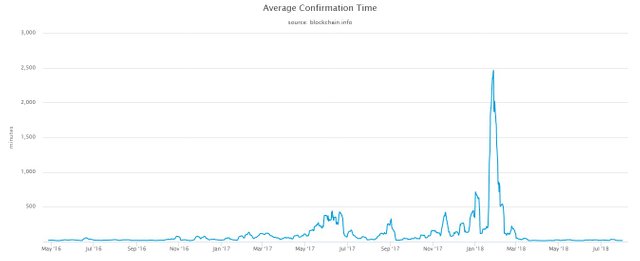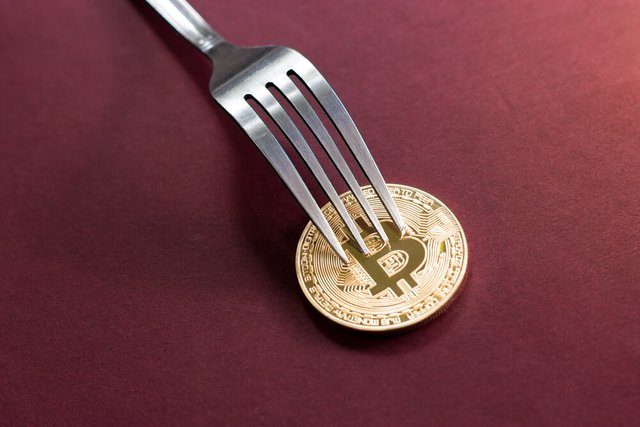First birthday of Bitcoin Cash - Where are we now?
August 1st marks the first anniversary of Bitcoin Cash (BCH), the cryptocurrency launched a year ago by bitcoin for the sole purpose of increasing the space available for transactions via the bitcoin protocol.
Bitcoin Scale Debate Leads to BCH's Hard Fork
Last year saw Bitcoin truly enter the field of public awareness, but the growing use has also resulted in a growing demand for space on the bitcoin blockchain. In early 2017, bitcoin transactions took about 20 minutes to confirm and cost $ 0.35. Six months later, in June, these figures had increased to more than six hours for confirmation and fifteen times the cost: US $ 5.50. Given the growing popularity of peer-to-peer transactions around the world, the Bitcoin community has come up against a daunting challenge in adapting its decentralized network to demand. While bitcoin received attention limeshare a year later, where is BCH located and what is its function in the cryptocurrency ecosystem?

The central mechanism governing bitcoin transactions - the blockchain - is used to describe a plethora of projects using the same underlying security appliance. Block size dictates how much information can be stored on a given block. This size limit was initially set at 1 MB in response to threats posed by denial of service attacks (think spam) since the early days of the Bitcoin collapse.
By the time June last year, confirmation deadlines and transaction costs have skyrocketed, a group of developers has decided that the easiest and most natural way to avoid cramps was to increase hard fork 'which changed the bitcoin consensus rules. The catalyst that drove developers to look for this change was to immediately preserve the status of bitcoin as an electronic cash system, whereby small amounts of money could be easily transferred at a very low cost. This allows bitcoin to develop as a bargaining chip, in retail and unbanked markets where people can not afford to pay high transaction fees, as in Venezuela where monetary inflation is estimated at more than 40,000%.

In June, stakeholders and developers seeking to implement an increase in block size organized under the Bitcoin ABC name, increasing the block size to 8MB on August 1, 2017: This launched BCH as a parallel network with all balances of bitcoin account copied to a new encoded register with a larger block size limit. The BCH found its first block at 6:15 UTC and was trading around 230 USD. The network handled about 7,000 transactions per day with transaction fees of less than 20 cents (see Block Explorer). The hard fork was officially a success, and BCH was born.
Bitcoin Cash Goes Its Own Way:

The following weeks of August saw the difficulty of mining decrease to reduce confirmation times using a tool called EDA (Emergency Difficulty Adjustment), designed to ensure the survival of the blockchain BCH in case the cryptographic difficulty was too high for the mining power available on the network. If the difficulty is too great for the amount of computers competing to secure new blocks, then transaction confirmations take too much time. The problem was that after the successful use of EDA to level the difficulty, miners began exploiting the differences between BTC and BCH in order to maximize mining profits. These miners who came and went caused peaks in the confirmation deadlines to bring down BCH's difficulty by triggering the EDA, which made the mine more profitable. This caused minor oscillations to enter the BCH network while the difficulty was lowered by the EDA, which would eventually come out once the difficulty properly adjusted, which had long-term ramifications for the integrity of the network. .
In November, the fix was calculated, ready to be implemented, and the different groups of developers who manage BCH customers came together to put in place a protocol setting the fluctuations in confirmation delays caused by adjusting the emergency difficulty. This was crucial because the entire cryptocurrency market was undergoing a massive influx of investment, causing "lunar" prices, which in turn led to more people on the market, generating an unprecedented bullish run that made headlines across the globe. the world. Fortunately, the BCH blockages stabilized at the correct 10-minute time interval, and the system ran smoothly during the heavy traffic that took place in and out of the market between November and February of this year. Meanwhile, BCH has seen block sizes of up to 4MB while keeping transaction costs under these peaks of less than a dollar, demonstrating the immediate utility of larger size limits and the role that BCH was trying to fill. After soaring prices rebounded from a record high, developers from different customers running the BCH blockchain met in May 2018 to further increase the block size limit to 32 MB.
The second important change that was made in the tough limb of May was to reactivate some features that had been disabled in the protocol scripting language a long time ago, and to introduce some new ones. These machine codes, called "Satoshi Operation Codes" by the BCH community, allow developers to create different types of metadata implementations, that is, programmable money. With the ability to call these features, developers can create colorful "pieces" or representative tokens that work like smart contracts. These are tokens that can be programmed by individual organizations to match bonds, stocks, precious metals, commodities and any physical or virtual object.
These op-codes expand the tools of BCH developers to interact with the scripts above the blockchain, which, in addition to space, allows you to write and access the online channel. This has led to innovation in community engagement with applications like the social-memo network, and a second-tier application called Wormhole, which works by linking a token called Wormhole Cash to the BCH blockchain.
One year after its creation, the BCH has expanded to 19 different services, eg. BitPay, Coingate, ViaBTC, Coinpayments, and CoinDance. Bitcoin Cash is also involved in fourteen different projects, for example OpenBazaar, Joystream and Counterparty, and exchangeable on 41 different stock exchanges. In the end, the use of cryptocurrency as digital currency is what will push the entire industry forward. #HODL (holding coins as an investment) has been a rallying call for many in the cryptocurrency community, but I hope the call to #BUIDL (build blockchain solutions and decentralized businesses) will galvanize sustainable use and practice of Bitcoin and BCH. , build a new era of financial sovereignty among peers open and accessible to all.
About the author: Alejandro de la Torre worked for more than four years with Bitcoin, first thanks to his pioneering work at BlockTrail, and since his acquisition by Bitmain, he helped to successfully launch the portfolio and the mining portfolio of BTC.com.